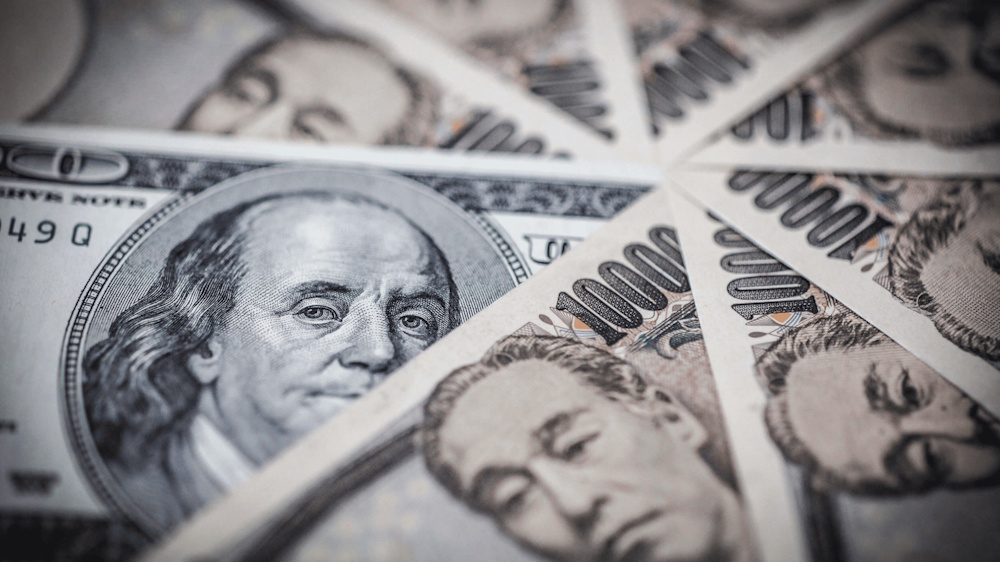During a risk-off session on Tuesday, the Japanese yen emerged as the strongest among the major currencies, with the US dollar closely trailing behind. A notable drop in Palantir’s stock, despite an optimistic forecast, along with cautions from the CEOs of Goldman Sachs and Morgan Stanley that a pullback might be “healthy,” significantly impacted market sentiment — ultimately leading to the very pullback they had anticipated. Nasdaq 100 futures drove market downwards, declining 2% to reach a seven-day low in their most challenging session in over three weeks. Palantir experienced a significant decline, falling 9% from its peak and dropping below the $200 mark. The S&P 500 experienced a decline of 1.1%, with eight out of its 11 sectors showing negative performance. The most significant drops were observed in Information Technology, which fell by 2.5%, and Consumer Discretionary, which decreased by 1.5%. The Philadelphia Semiconductor Index experienced a decline of 3%, as market participants expressed apprehension regarding the potential overextension of the AI rally.
Although the yen remained the favored choice for risk-off flows among currency traders, the US dollar also saw a resurgence in its safe-haven appeal shortly after the Fed implemented a relatively hawkish interest rate cut. Market participants are likely attentive to the recent remarks from Japan’s finance officials, who are monitoring the currency “very closely” with the expectation that verbal intervention may mitigate volatility. The USD/JPY pair exhibited a bearish outside day that has disrupted the bullish trend in the short term, although it has not yet reversed it. For a reversal to occur, prices must break below the 151.53 swing low. Nonetheless, USD/JPY seems to be extended from its 10- and 20-day EMAs, and a bearish divergence has emerged on the daily RSI (2), indicating that a mean reversion may be forthcoming.
The US dollar index has achieved a close above 100 for the first time in six months, albeit marginally. The interplay between a less-dovish Federal Reserve and heightened safe-haven demand is compelling dollar bears to reassess their positions, resulting in the greenback’s ascent for the fifth consecutive day. The perspective for a more pronounced wave C and a potential approach to the May high continues to hold, with the likelihood of a rally towards the 138.2% Fibonacci extension around 101.50 still in consideration. Nonetheless, the marginal close above 100, coupled with a fifth-day high, may necessitate a degree of caution regarding the present levels. However, the momentum clearly supports the dollar’s bullish position, and it appears that dips are more likely to be purchased than sold at this time.
The October high at 153.28 represents a crucial level for USD/JPY traders in the near term, further emphasized by its correspondence with the weekly pivot point. The 1-hour chart indicates that prices are currently striving to maintain their position above that level. The expectation is for a move below the October low following the completion of the current consolidation or retracement observed on the 1-hour timeframe. Bears might consider retreating as prices approach the 154 level or high-volume node, expecting a pullback to the 20-day EMA around 152. Upon the completion of wave C, momentum is expected to realign with the overarching bearish trend observed from the January high to the June low, as both the yen and the dollar continue to vie for dominance as the preferred safe-haven currencies amid global market volatility.

